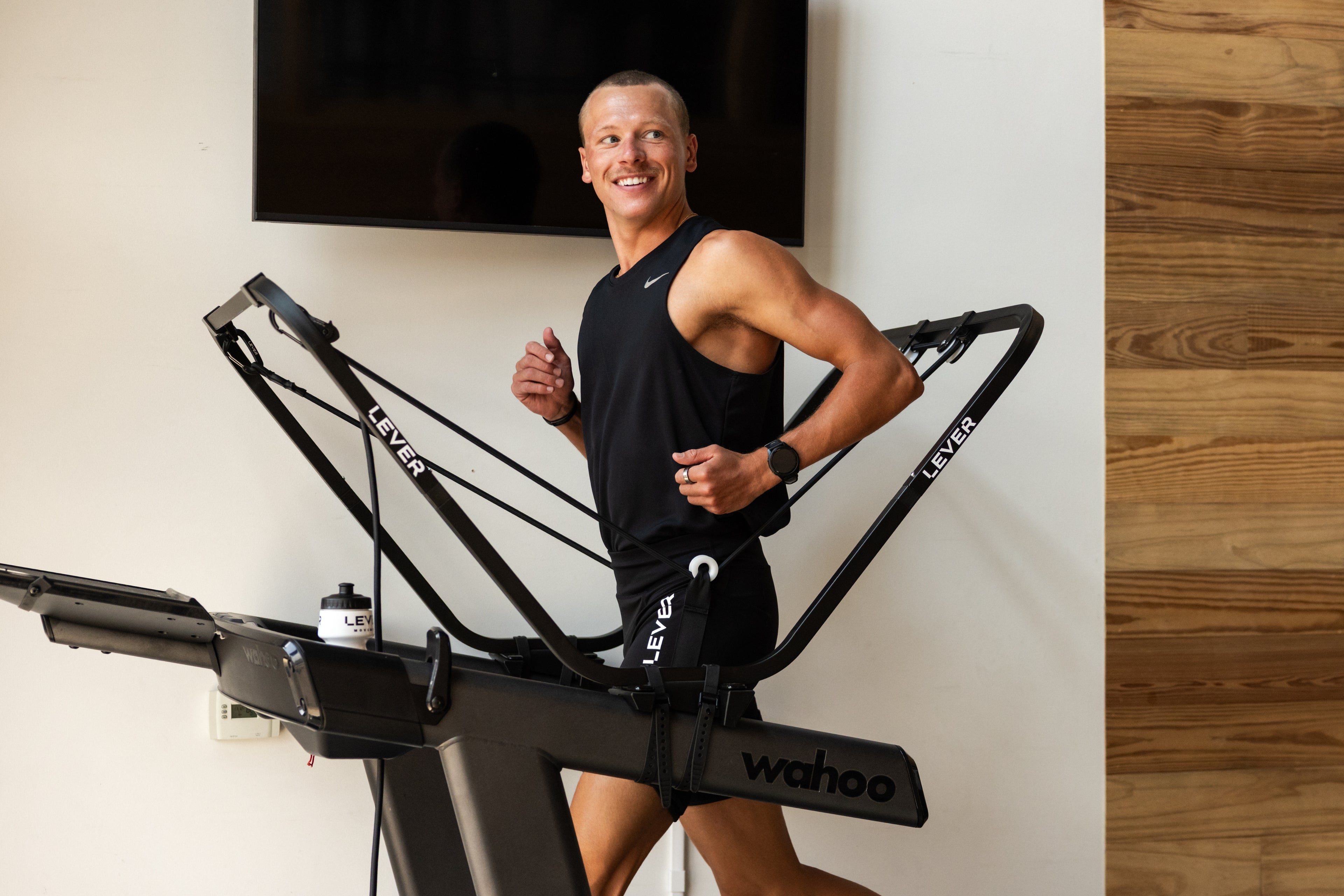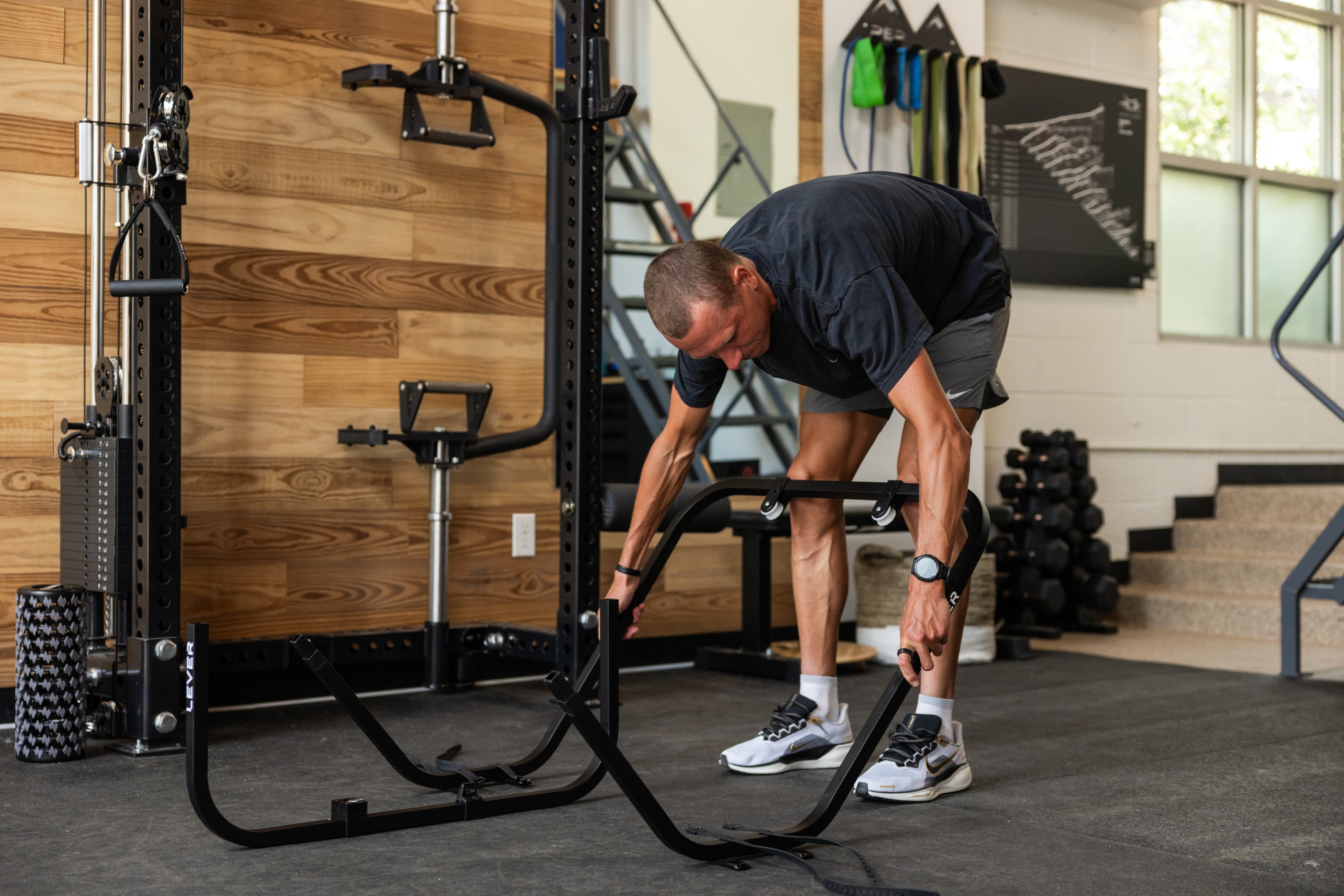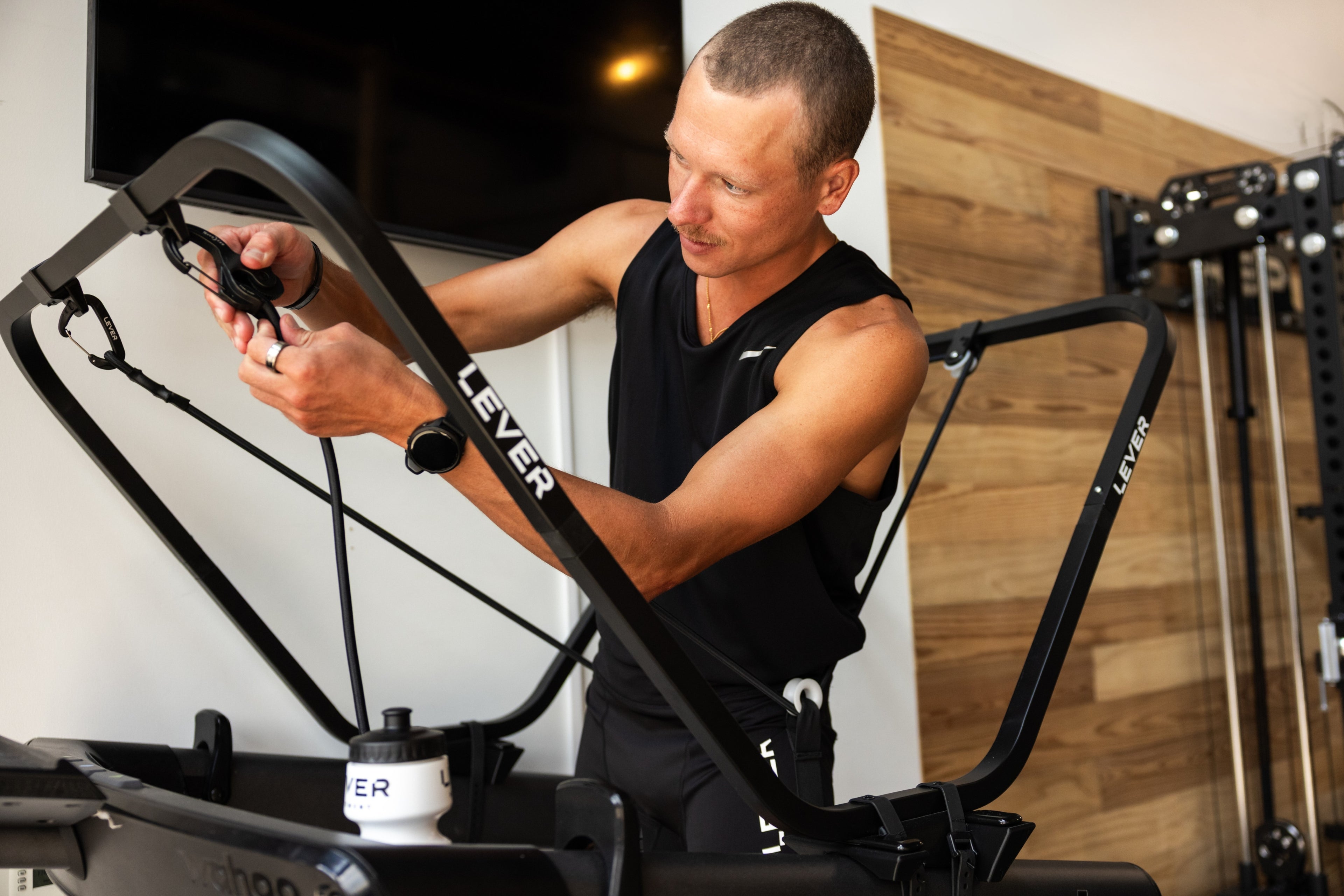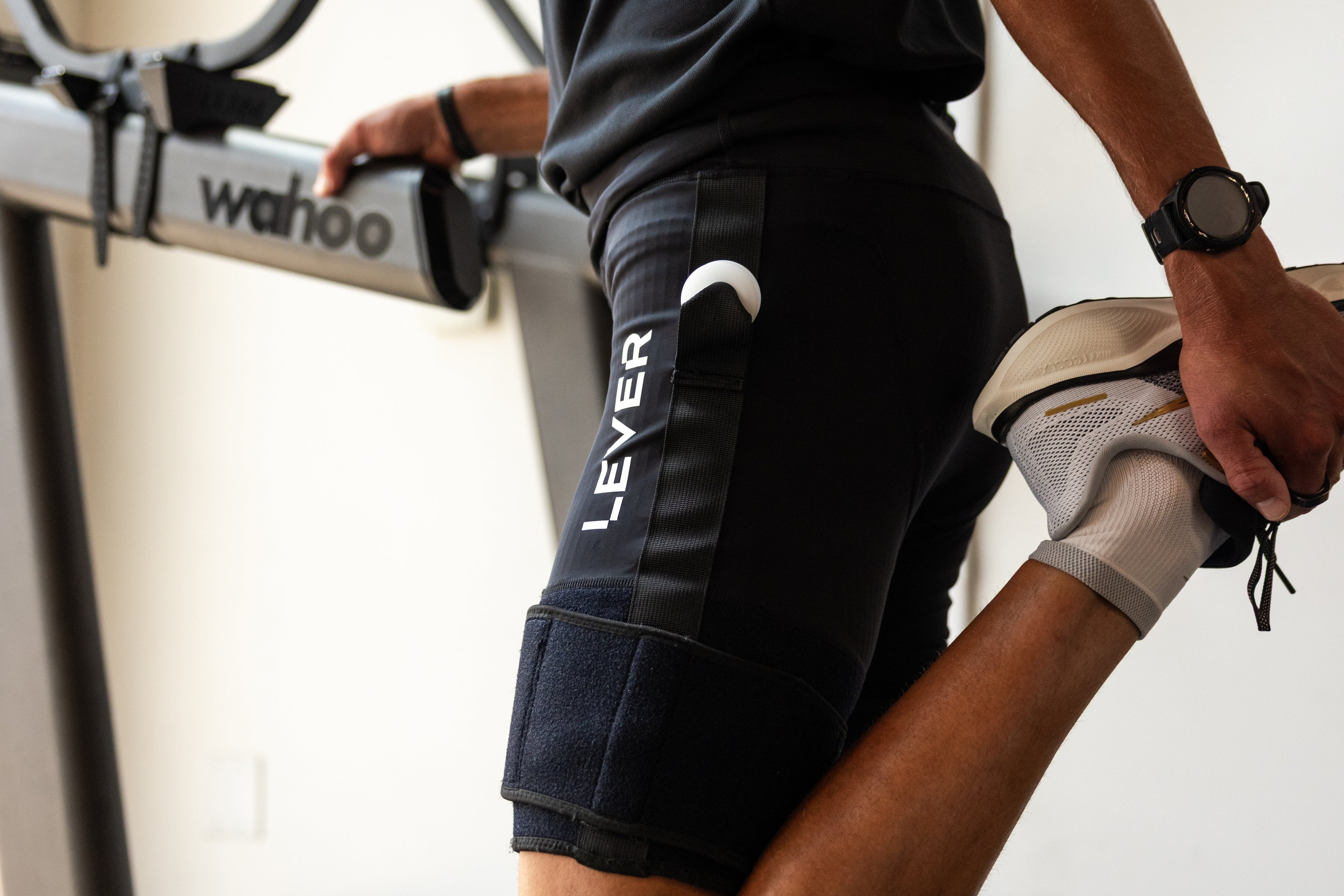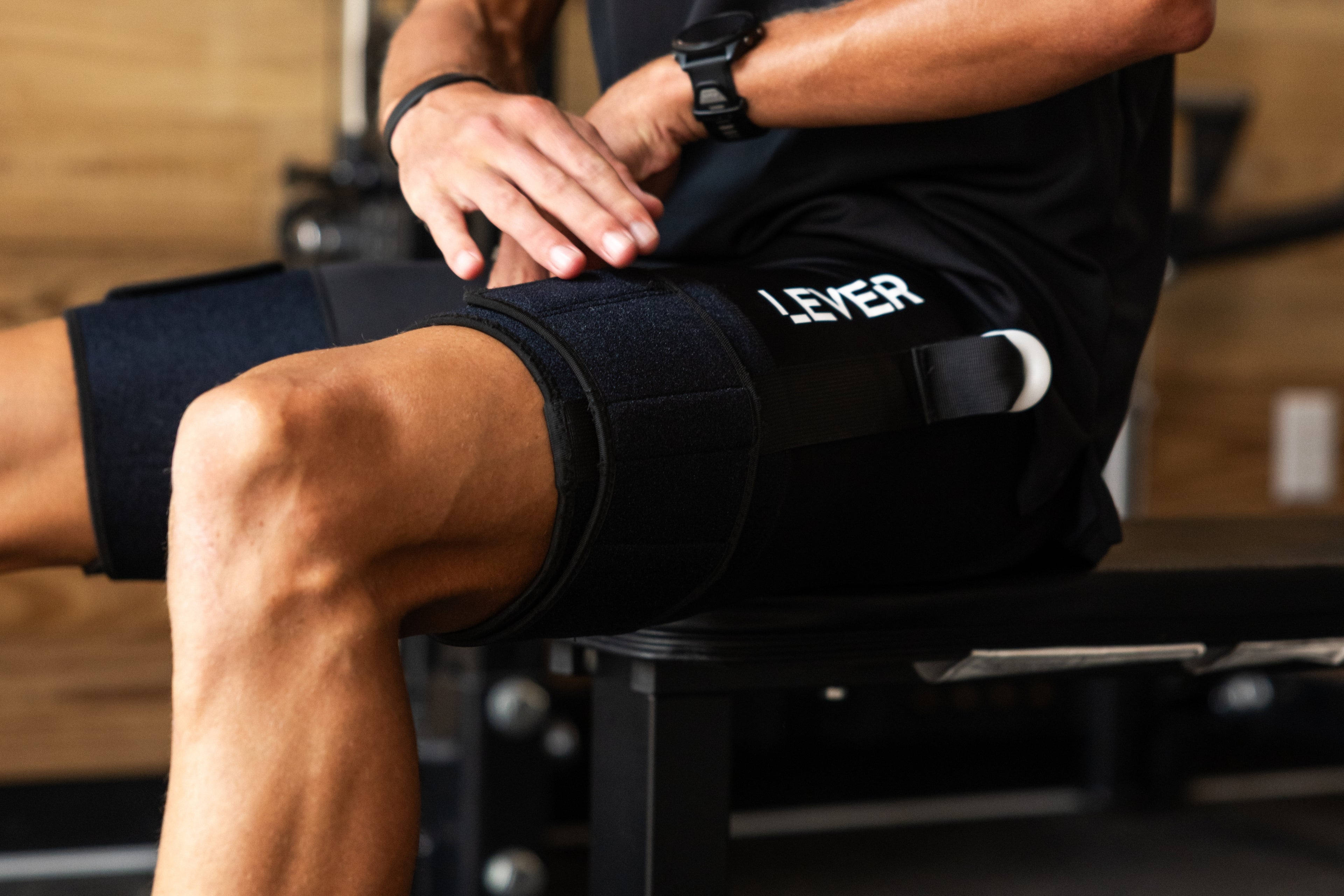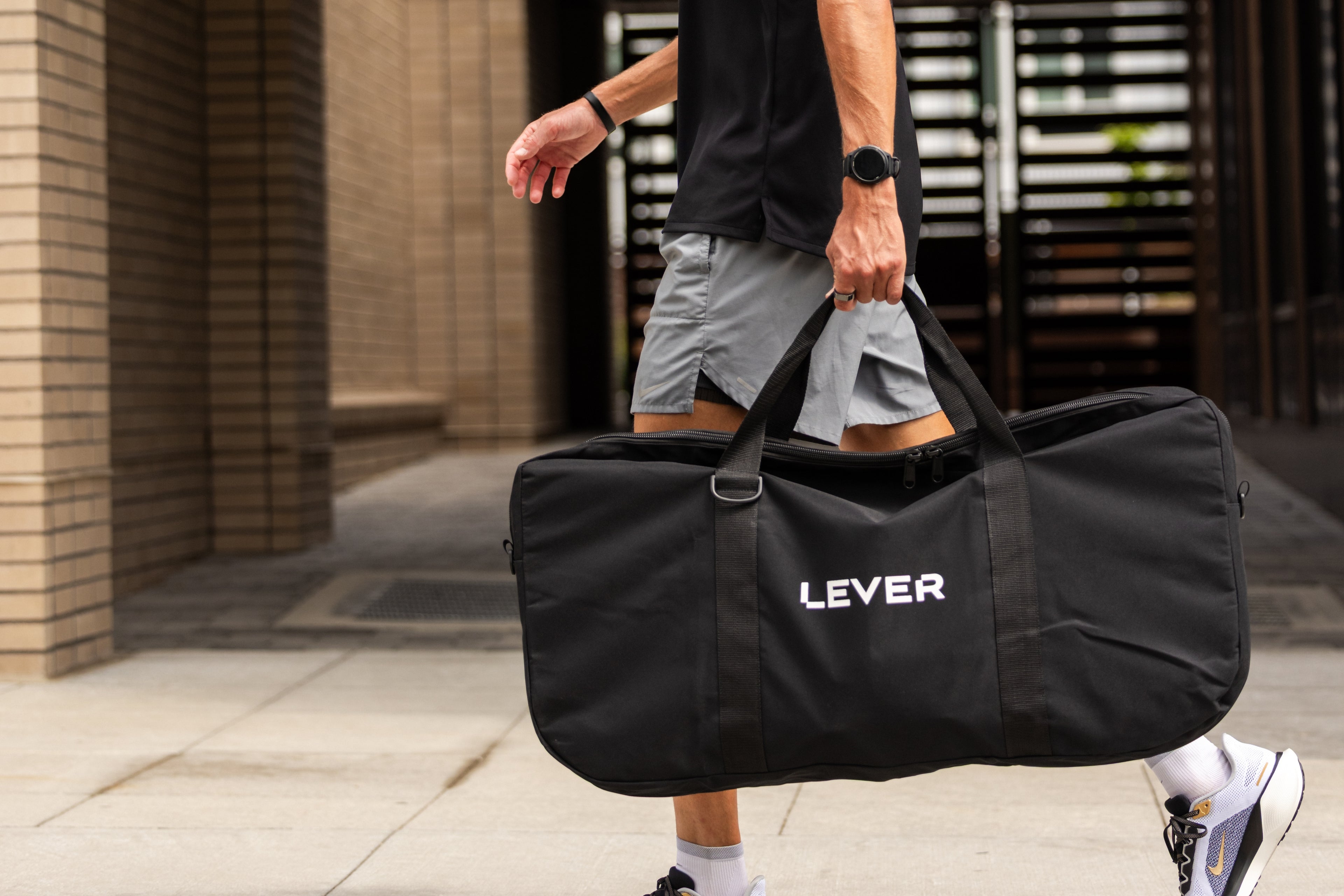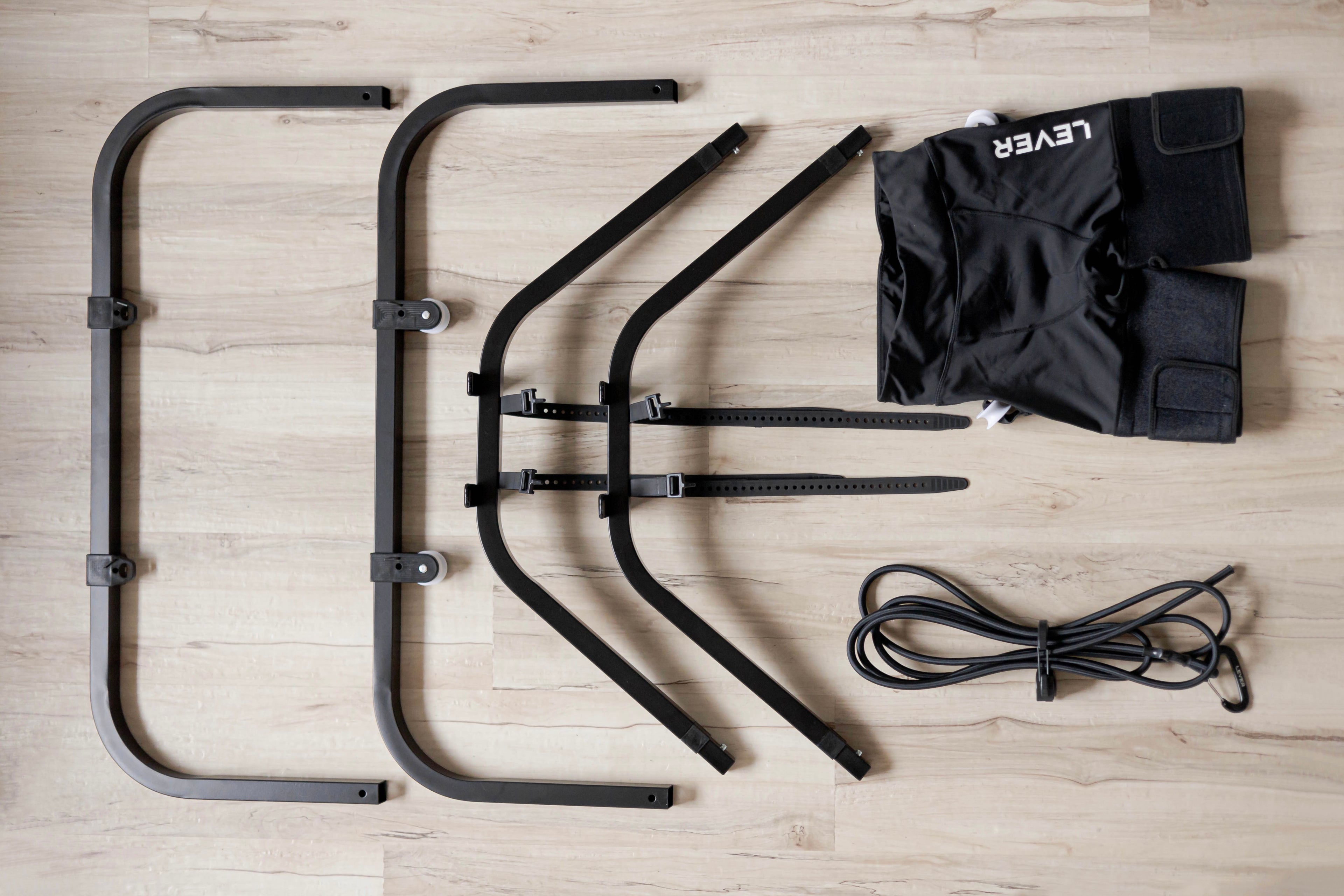As an athlete, balancing training and rest is crucial for peak performance and injury prevention. Knowing how much rest to take between races can significantly impact your success and longevity in the sport. Let's explore the science behind recovery and how to determine the optimal rest period between races, along with how incorporating body weight support can enhance your recovery.
The Importance of Rest and Recovery
Rest and recovery are essential components of any training regimen. They allow your body to repair and strengthen itself, making you more resilient and ready for future challenges. Without adequate rest, you risk overtraining, which can lead to injuries, fatigue, and decreased performance.
Factors Influencing Recovery Time
The optimal rest period between races can vary depending on several factors:
1. Race Distance and Intensity
- Shorter Races (5K to 10K): These races typically require less recovery time compared to longer distances. Most athletes can resume light training within a few days and return to full training within a week.
- Longer Races (Half Marathon to Marathon): These distances put more strain on the body, requiring longer recovery periods. It's recommended to take at least one to two weeks of active rest before resuming full training.
- Experienced runners with a solid fitness base may recover more quickly than beginners. However, even seasoned athletes need to listen to their bodies and allow sufficient recovery time.
3. Individual Variation
- Each runner is unique, and recovery needs can vary. Factors such as age, genetics, and overall health play a role in how quickly you can bounce back from a race.

Scientific Research on Recovery
Research supports the importance of adequate recovery between races. Here are some key findings:
1. Muscle Damage and Repair
- Studies have shown that muscle damage occurs during races, especially in longer distances. Recovery allows muscle fibers to repair and grow stronger. A study published in the Journal of Strength and Conditioning Research found that muscle soreness and damage peak 24-48 hours post-race and gradually decrease over the next week.
2. Glycogen Replenishment
- Glycogen is the primary fuel source for endurance athletes. After a race, glycogen stores are depleted and need to be replenished. Research from the American Journal of Physiology indicates that glycogen synthesis is highest in the first 24 hours post-exercise and continues at a slower rate for several days.
3. Immune Function
- Intense physical activity can temporarily suppress the immune system. A study in the Journal of Applied Physiology found that immune function is compromised after prolonged endurance events, increasing the risk of illness. Adequate rest helps restore immune function and reduces the risk of infection.
Incorporating Body Weight Support into Recovery
Using a body weight support system like the LEVER system can enhance your recovery process. LEVER Movement helps reduce the impact on your body by supporting up to 45 pounds of your weight, allowing you to maintain your fitness without the added strain.
1. Active Recovery with Reduced Impact
- Incorporate low-impact activities using the LEVER system to promote blood flow and aid in muscle repair. This can help reduce muscle soreness and expedite recovery.
2. Gradual Return to Running
- Use LEVER to transition back into running gradually. The support system allows you to start with less weight on your joints, reducing the risk of re-injury.
3. Consistency in Training
- By reducing the impact, the LEVER system enables you to maintain consistent training during recovery periods, helping you stay on track with your fitness goals without overloading your body.
4. Enhanced Recovery Experience
- Combining LEVER runs with other recovery strategies, such as proper nutrition and sleep, can create a more comprehensive and effective recovery plan.
Practical Guidelines for Rest Between Races
Based on scientific research and expert recommendations, here are some practical guidelines for determining how much rest to take between races:
1. Listen to Your Body
- Pay attention to signs of fatigue, muscle soreness, and overall well-being. If you feel excessively tired or sore, extend your recovery period.
2. Incorporate Active Recovery
- Engage in low-intensity activities such as walking, swimming, or yoga during your recovery period. Active recovery promotes blood flow and aids in muscle repair.
3. Gradually Return to Training
- Start with light workouts and gradually increase intensity and volume. Avoid jumping back into intense training too quickly to prevent injuries.
4. Prioritize Sleep and Nutrition
- Ensure you get enough sleep and consume a balanced diet rich in carbohydrates, protein, and healthy fats. Proper nutrition supports recovery and replenishes glycogen stores.
5. Consult a Coach or Healthcare Professional
- If you're unsure about your recovery needs, seek advice from a coach or healthcare professional. They can help you create a personalized recovery plan based on your specific circumstances.
Understanding how much rest to take between races is essential for optimizing performance and maintaining long-term health. By considering factors such as race distance, training age, and individual variation, you can develop a recovery plan that works for you. Incorporating tools like LEVER for body weight support can further enhance your recovery, allowing you to stay active while minimizing strain on your body.











